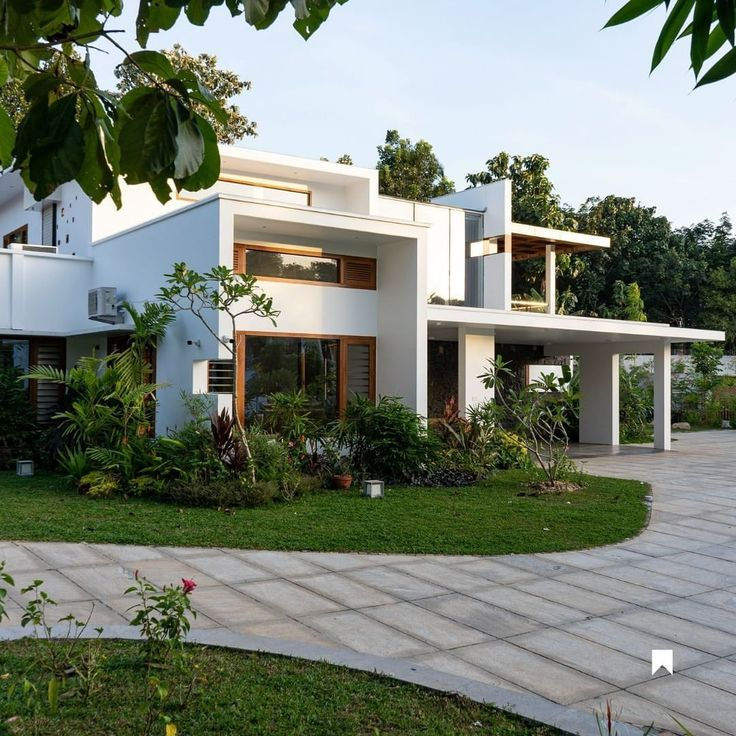Architectural Design trends in India
- bhimanyu dassani
- Apr 17, 2024
- 2 min read
In India, architecture materials trends are often influenced by a blend of traditional practices, environmental concerns, technological advancements, and evolving design aesthetics. Here are some key trends in architecture materials that have been observed in India:
Sustainable Materials: With a growing emphasis on sustainability, architects in India are increasingly using eco-friendly materials such as bamboo, recycled wood, reclaimed bricks, rammed earth, and natural stone. These materials not only reduce the environmental impact but also promote local craftsmanship and support rural economies.
Vernacular Architecture: There's a renewed interest in incorporating traditional building techniques and indigenous materials into contemporary designs. Architects are exploring ways to integrate elements of vernacular architecture, such as clay, terracotta, and thatch, into modern structures to create a sense of cultural identity and sustainability.
Green Building Materials: The demand for green building materials is on the rise in India, driven by initiatives like LEED (Leadership in Energy and Environmental Design) certification. Materials like low-emission paints, recycled steel, energy-efficient glass, and sustainable concrete are being preferred for their energy efficiency and environmental benefits.
Adaptive Reuse: Adaptive reuse of old structures is gaining popularity as a sustainable approach to architecture. Architects are repurposing heritage buildings, industrial warehouses, and abandoned structures by incorporating salvaged materials and innovative design techniques, preserving cultural heritage while reducing the need for new construction materials.
Prefabricated Construction: Prefabricated construction techniques are becoming more prevalent in India due to their cost-effectiveness, speed of construction, and reduced material wastage. Prefabricated materials like modular panels, steel frames, and precast concrete elements are being used for residential, commercial, and institutional projects across the country.
Smart Materials and Technologies: Advancements in building technologies are driving the adoption of smart materials in Indian architecture. These materials, such as self-healing concrete, photovoltaic glass, and dynamic facades, offer energy efficiency, improved performance, and enhanced aesthetics, aligning with the country's aspirations for smart cities and sustainable development.
High-Performance Insulation: With a focus on energy conservation and thermal comfort, architects are increasingly incorporating high-performance insulation materials into building designs. Materials like aerated autoclaved concrete (AAC), expanded polystyrene (EPS), and double-glazed windows help minimize heat gain, reduce energy consumption, and enhance occupant comfort in India's diverse climatic conditions.
Digital Fabrication: The integration of digital fabrication technologies, such as 3D printing and CNC machining, is revolutionizing the way architectural components are designed and fabricated in India. These technologies allow for greater precision, customization, and efficiency in manufacturing building elements, leading to innovative and sustainable architectural solutions.
Overall, the architecture materials landscape in India is witnessing a shift towards sustainability, innovation, and a deeper appreciation for traditional wisdom, driven by a desire to create built environments that are both environmentally responsible and culturally meaningful.




Comments